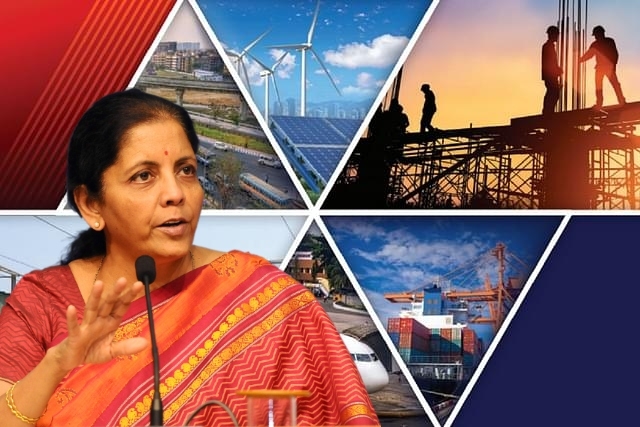Get the policy mix right!
01 Sep 2021 12:57:23
To monetize the government’s assets or not to is the question that kicked up a big furor in political, business circles and frenzied the markets in equal measure. After the Narendra Modi government took reins in 2014, the Prime Minister himself was not an aggressive votary of even disinvestments in state-run enterprises during the first term. But then, delivering on big signature projects and meeting the electorate’s aspirations do need billions of dollars in resources.
Well, whether one likes it or not, Modi has embarked on a mega national monetization pipeline that will fetch him a whopping $ 81 billion to create new rural infrastructure and spruce up the expanding sub-urban satellite townships to expand the country’s growth story to grassroots.
In effect, several assets with or without definitive revenue streams will be handed over to private companies over next four years through lease contracts to mobilize huge capital resources for fresh infrastructure development in the ‘New India’ of his dreams.

Interestingly, the new monetization drive coincides with the government launching 75-years of independence with pomp and show. Monetization is not privatization per se but roping in private companies to fully exploit the assets that are under-utilized seems to be the motto.
Roads, railway stations, ports, airports, sports stadiums, mines identified by the government to mobilize a whopping Rs six lakh crore have led to a political row with Rahul Gandhi and Mamta Banerjee pitchforking the Modi regime on the decision officially billed as the largest reform measure.
Even the excess large land bank with government, semi-government agencies, autonomous bodies and state-run enterprises may be pooled to carve out a special purpose vehicle for monetizing these assets and maximize their value for capital expenditure by the government as indicated in the union budget for this fiscal.
Political slugfest notwithstanding, implications of the decision on monetization are far-reaching for the country that seeks to extend its growth story to last man standing in true spirit of antyodaya.
Firstly, leasing out or handing over productive and revenue earning public assets to private companies or businesses may not be a crime. But, that should be the last option for finance ministers like Nirmala Sitharaman that take pride in not borrowing even a single rupee extra to get over the two-year long Covid 19 pandemic induced difficult economic situation.
Instead, partnerships with private sector should be harnessed to building new assets and infrastructure through effective and simple policy regime. De-bureaucratizing and removing the red tape in the private partnership deals should be thrust of any economic reform programme.
Secondly, deploying private capital into new infrastructure projects worth Rs 100 lakh crore spread over 25-years would be hassle free rather than involving them in both productive and non-productive existing assets. While managing government finances with tight revenue flows is a wee-bit difficult, asset sale or lease deals at this point of time would send out a wrong signal on the country’s economic standing.
Finance Minister’s predicament is understandable given that the disinvestment drive was not moving fast enough to bolster her non-tax revenues mobilization. Instead, Modi government should allow the fiscal deficit to widen yet another financial year as the economic activity is firmly on pick up mode.
Thirdly, evolving a national consensus on assets lease of this magnitude may be a pre-requisite to kick off the process. Diverse stakeholders like the labour force, banks and financial institutions, policy makers, socio-economic organizations and political parties may have to be roped in an open flexible debate. Already, Bharatiya Maazoor Sangh has expressed serious reservations on the assets lease. Swadeshi Jagaran Manch may not be very comfortable about government losing effective control over these assets.
For instance, will personnel employed with organizations holding these assets be ring-fenced from possibly losing their earnings or ouster from employment? How different would the new assets created be from monetization of existing properties either in ownership, management, profitability or sustainability?
Getting the policy mix right is key to the success of economic reforms. And, the Modi government has a big daunting task to deliver.